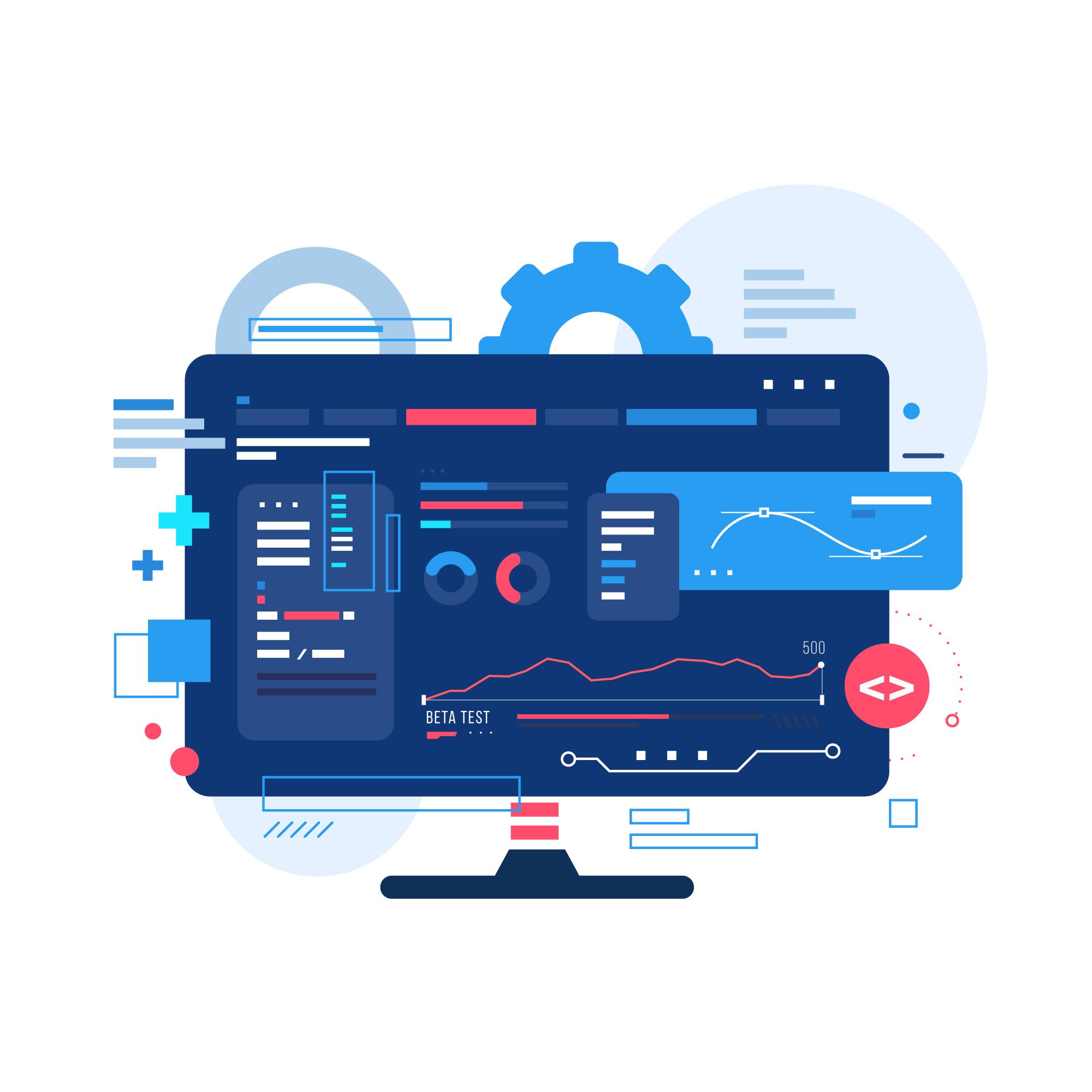As technology continues to evolve, web app development services are at the forefront of driving innovation and efficiency in the digital landscape. With the rapid advancements in AI, cloud computing, and user experience design, the future of web app development services is poised for significant transformation. In this article, we will explore the key trends and best practices that will shape the industry in 2024.
Key Trends in Web App Development Services
-
AI and Machine Learning Integration AI and machine learning (ML) are becoming integral components of web app development services. These technologies enhance user experience through personalization, predictive analytics, and intelligent automation. In 2024, we can expect more web apps to leverage AI and ML for tasks such as customer support chatbots, personalized content delivery, and advanced data analytics.
-
Progressive Web Apps (PWAs) PWAs offer a blend of the best features of web and mobile applications, providing a seamless user experience with offline capabilities, push notifications, and fast load times. The adoption of PWAs is expected to increase as businesses seek to offer a consistent experience across all devices without the need for multiple codebases.
-
Serverless Architecture Serverless computing allows developers to build and deploy applications without managing the underlying infrastructure. This approach reduces operational complexity and costs, allowing web app development services to focus on writing code and delivering value to users. The serverless trend will continue to grow, driven by platforms like AWS Lambda, Azure Functions, and Google Cloud Functions.
-
Enhanced Security Measures With the rise of cyber threats, security remains a top priority for web app development services. In 2024, there will be a greater emphasis on implementing robust security practices, including advanced encryption, multi-factor authentication, and real-time threat detection to safeguard user data and ensure compliance with regulations.
-
Microservices Architecture Microservices architecture involves breaking down applications into smaller, independent services that can be developed, deployed, and scaled separately. This approach offers greater flexibility and scalability, making it easier to update and maintain web apps. The trend towards microservices will continue to gain momentum as businesses seek to build resilient and scalable web applications.
Best Practices for Web App Development Services in 2024
-
Emphasize User-Centric Design Putting the user at the center of the design process is crucial for creating intuitive and engaging web apps. Conducting thorough user research, creating user personas, and employing usability testing are essential practices to ensure the final product meets the needs and expectations of the target audience.
-
Adopt Agile Development Methodologies Agile methodologies, such as Scrum and Kanban, promote iterative development, continuous feedback, and flexibility. By adopting agile practices, web app development services can deliver high-quality products faster and respond effectively to changing requirements and market demands.
-
Prioritize Performance Optimization Performance optimization is key to providing a smooth user experience. Best practices include minimizing HTTP requests, optimizing images and assets, leveraging content delivery networks (CDNs), and implementing lazy loading. Regular performance testing and monitoring help identify and address bottlenecks promptly.
-
Implement Continuous Integration and Continuous Deployment (CI/CD) CI/CD pipelines automate the process of code integration, testing, and deployment, reducing manual errors and accelerating release cycles. By adopting CI/CD practices, web app development services can ensure faster delivery of updates and new features while maintaining high quality and reliability.
-
Focus on Accessibility Ensuring web apps are accessible to all users, including those with disabilities, is not only a legal requirement but also a best practice for inclusivity. Following accessibility standards, such as the Web Content Accessibility Guidelines (WCAG), and conducting regular accessibility audits can help create more inclusive web experiences.
Conclusion
The future of web app development services is bright, driven by technological advancements and a focus on delivering exceptional user experiences. By staying abreast of emerging trends like AI integration, serverless architecture, and enhanced security measures, and adhering to best practices such as user-centric design, agile methodologies, and performance optimization, businesses can create web apps that are innovative, efficient, and secure.
As we move into 2024, embracing these trends and best practices will be crucial for web app development services to stay competitive and meet the evolving needs of users in a dynamic digital landscape.




